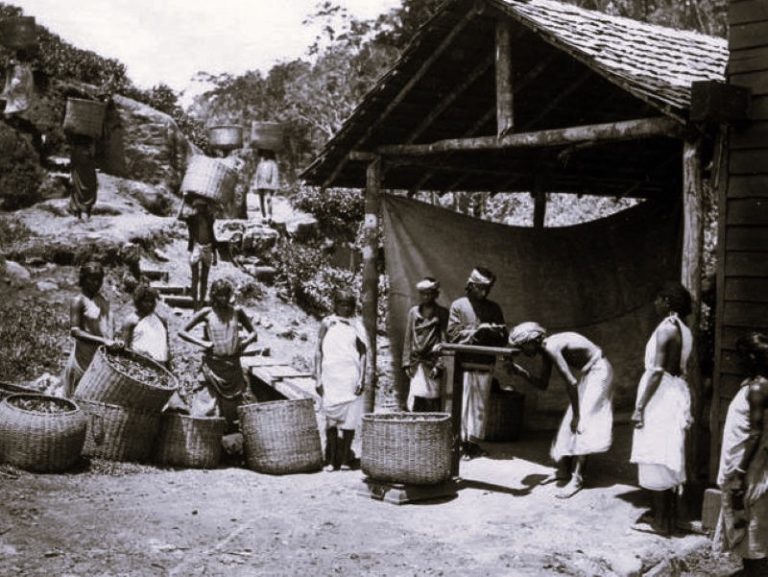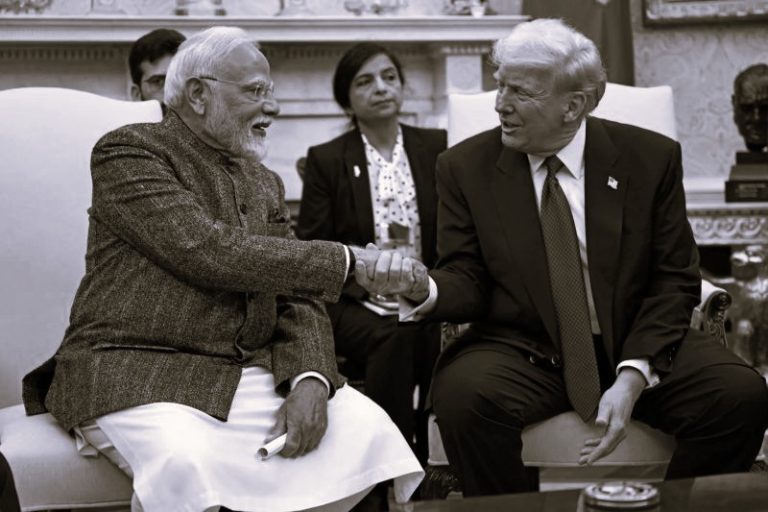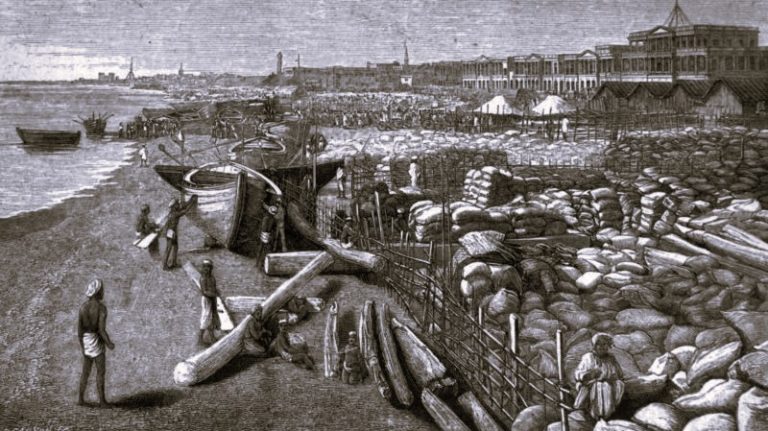

New Delhi has much to gain if Europe replaces the U.S.

By C. Raja Mohan
Columnist
Foreign Policy
“Multialignment” has been Indian Prime Minister Narendra Modi’s lodestar as he moved India and its foreign policy out of the dead end of nonalignment over the last decade. In Washington to meet with U.S. President Donald Trump last week, Modi got to see—firsthand and in real time—how Trump was developing a multialignment of his own. Trump’s efforts to loosen U.S. commitments to Europe, reach out to Russian President Vladimir Putin, and publicly woo Chinese President Xi Jinping mark an epochal break with the idea of a rules-based international order backed by U.S. power and a collective West. With his vision of America First, Trump is now looking for bilateral deals with other powers to secure U.S. interests. If Trump succeeds in this, multialignment could well become the norm among the major powers of the international system.
In nudging India closer to the United States than ever before, Modi abandoned one of the important but unstated principles of India’s longtime nonalignment policy: keeping a political distance from the United States on global and regional issues. At the same time, Modi chose to maintain India’s old partnership with Russia while sustaining a difficult dialogue with China amid persistent border tensions and a mounting trade deficit. Under Modi, New Delhi also ended its prolonged indifference to Europe by stepping up engagement with key powers, including France, Germany, and Italy, as well as the European Union in Brussels.
Yet there is no denying U.S. centrality in India’s multialignment. Realists in New Delhi recognize the importance of partnering with Washington to accelerate India’s economic, technological, and military modernization. At the same time, they value India’s need to retain freedom of action and avoid the pitfalls of tying its mast too tightly to a great power whose interests are bound to vary over time. With Trump questioning the value of alliances and lashing out at some of Washington’s oldest and closest partners, India’s prudence appears wise. Sensing the political and geopolitical earthquakes in Washington, New Delhi pushed for an early Modi-Trump meeting that could impart stability to India’s most important relationship.
Recognizing the importance of illegal immigration and tariffs for the new establishment in Washington, the Modi government moved quickly to address both issues. It agreed to the deportation of undocumented migrants back to India and to fast-track negotiations for a trade deal. Earlier in February, India had already announced that it would cut some tariffs, including on cars and high-end motorcycles, that impact U.S. producers. India is also exploring the possibility of higher energy imports from the United States, including oil, gas, and civilian nuclear reactors. Trump wants India to buy more U.S.-made weapons, so Modi agreed to wrap up some of the deals under negotiation for a while in return for Trump’s agreement to review current restrictions on defense cooperation with and exports to India. Beyond defense, the two leaders also decided to build on the expansive cooperation on critical and emerging technologies that had been agreed under the Biden administration. Given past gaps between promise and performance, the two sides want to see concrete outcomes by the time Trump visits New Delhi for a Quadrilateral Security Dialogue summit later this year.
READ ENTIRE ARTICLE AT FOREIGN POLICY






